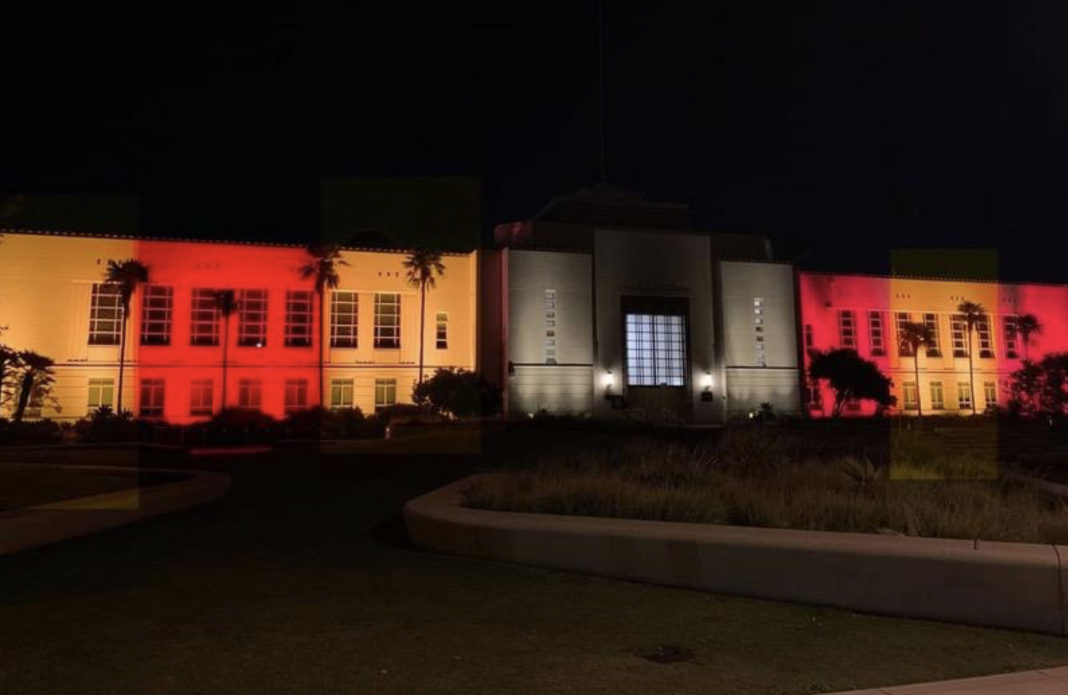SANTA MONICA — The Santa Monica City Council has approved four housing ordinances aimed at preserving housing for long-term residents at their meeting on August 25.
“With these housing measures, Santa Monica continues its pathbreaking work to preserve precious housing stock for residents and eliminate barriers to creating new housing, particularly affordable housing in our community,” said Interim City Manager Lane Dilg.
The first ordinance is intended to “spur the production of accessory dwelling units,” and follows a new state law that does not require accessory dwelling units to have a minimum size. An accessory dwelling unit in a studio or one-bedroom parcel may be up to 850 square feet. Parcels with two or more bedrooms may now be up to 1,000 square feet. Even larger properties may qualify for a 1,200 square foot accessory dwelling unit. In addition, all accessory dwelling units are exempt from floor area calculations.
The next ordinance the Santa Monica Council passed dictates that “Housing projects solely dedicated to affordable units now receive a maximum bonus of 80% or no density cap if the project is within a half-mile of a major transit stop, and up to three additional stories or 33 feet,” as detailed in a press release.
The density housing bonuses provide with this ordinance in combination with a zoning ordinance adopted in March that streamlines affordable housing projects are intending to spur affordable housing in the city.
The council also passed new leasing requirements for medium-term leases, between 31 and 365 days, that requires all rental housing in Santa Monica to be used as a primary residence. This ordinance requires that all leases in Santa Monica be at minimum one year in duration and also bans furnishing rental units.
The final housing ordinance of the Santa Monica City Council passed details changes to the Downtown Community Plan. The changes fast track approval of Tier 3 housing near the Downtown Expo Station and revise the definition of a housing project “to allow greater flexibility in the location of commercial uses within the first and second floors of a housing project.”
For the full agenda of the August 25 meeting and further details of the passed ordinances, visit smgov.net/council.






